Home>Home Appliances>Laundry Appliances>How To Fix An Unbalanced Washing Machine
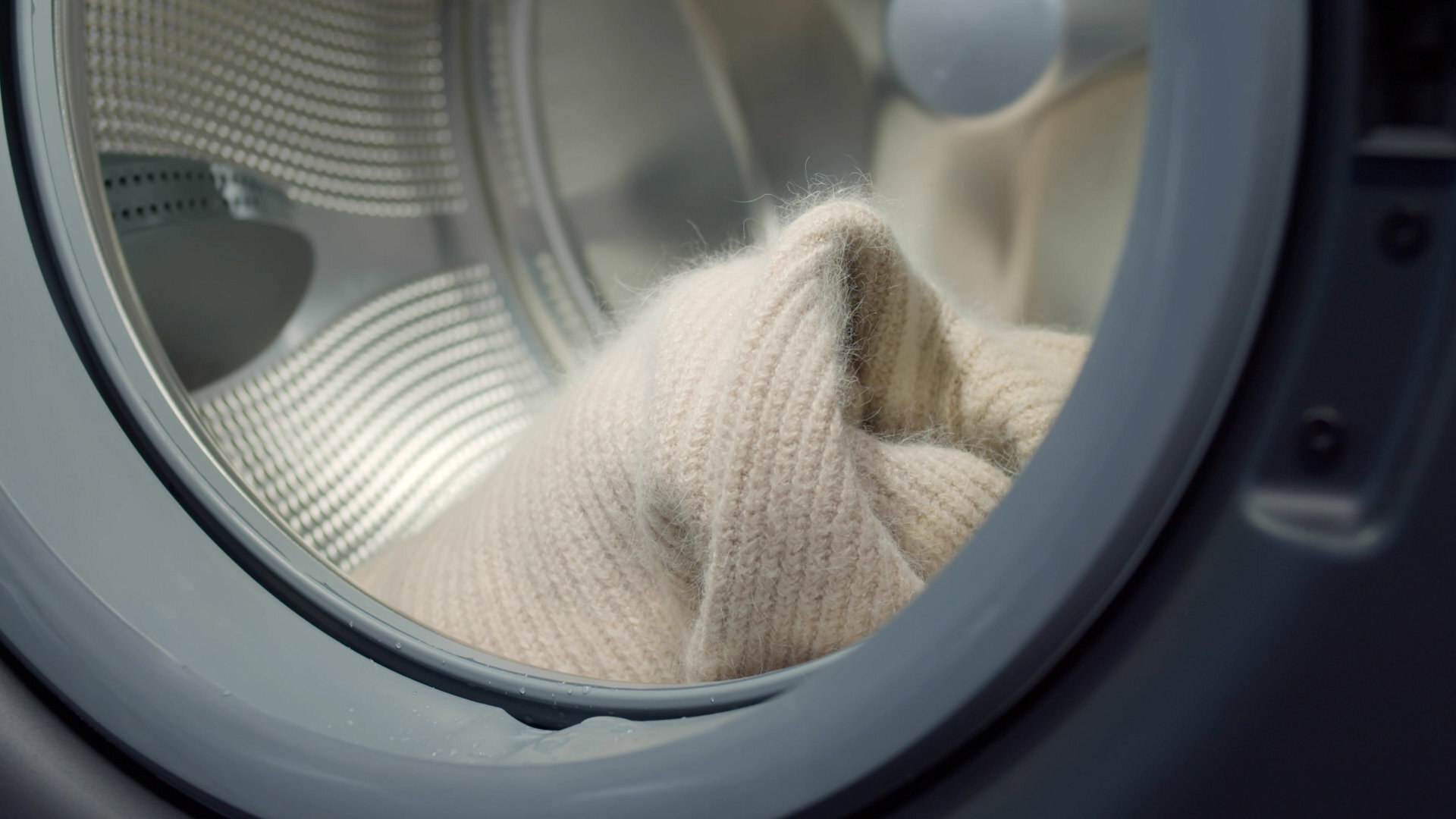

Laundry Appliances
How To Fix An Unbalanced Washing Machine
Modified: August 27, 2024
Learn how to troubleshoot and fix an unbalanced washing machine with our expert tips. Keep your laundry appliances running smoothly with our helpful guide.
(Many of the links in this article redirect to a specific reviewed product. Your purchase of these products through affiliate links helps to generate commission for Storables.com, at no extra cost. Learn more)
Common Causes of an Unbalanced Washing Machine
An unbalanced washing machine can be a frustrating issue that disrupts the efficiency of your laundry routine. Understanding the common causes of this problem is crucial for effective troubleshooting and resolution. Here are the primary factors that contribute to an unbalanced washing machine:
-
Overloading: One of the most prevalent causes of an unbalanced washing machine is overloading. When the laundry load exceeds the machine's capacity, it can lead to uneven distribution of weight within the drum. This imbalance can result in the machine vibrating excessively and producing disruptive noises during the spin cycle.
-
Uneven Distribution of Laundry: Unevenly distributed laundry within the drum can also trigger an unbalanced washing machine. If heavy items, such as towels or jeans, are grouped together on one side of the drum, it can create an imbalance during the spin cycle. This uneven distribution can cause the machine to shake and vibrate, potentially leading to damage over time.
-
Worn or Damaged Suspension Springs: The suspension springs in a washing machine are designed to absorb the vibrations generated during the spin cycle. However, over time, these springs can wear out or become damaged, compromising their ability to maintain the proper balance of the drum. When the suspension springs are impaired, the washing machine may exhibit excessive movement and noise during operation.
-
Leveling Issues: A washing machine that is not properly leveled can experience balance problems. If the appliance is not positioned on a level surface, it can lead to instability during the spin cycle, causing the machine to rock or vibrate excessively.
-
Worn or Faulty Shock Absorbers: Similar to suspension springs, shock absorbers play a crucial role in minimizing vibrations and maintaining stability during the washing machine's operation. When these components become worn or faulty, they can contribute to an unbalanced washing machine, resulting in disruptive movements and noise.
Understanding these common causes of an unbalanced washing machine is the first step toward effectively addressing the issue. By identifying the underlying factors contributing to the imbalance, you can implement targeted solutions to restore your washing machine's stability and performance.
Key Takeaways:
- Overloading and unevenly distributed laundry are common causes of an unbalanced washing machine, leading to disruptive vibrations and noise during the spin cycle. Properly balancing the laundry load and checking for worn components can help restore stability.
- Diagnosing and fixing an unbalanced washing machine involves observing machine behavior, assessing load distribution, and using essential tools like a spirit level and adjustable wrench. Proper leveling and adjustment of the machine’s feet are crucial for optimal performance.
Read more: How To Fix The Washing Machine
Steps to Diagnose an Unbalanced Washing Machine
Diagnosing an unbalanced washing machine is a crucial initial step in resolving this common laundry appliance issue. By systematically assessing the machine's performance and identifying potential contributing factors, you can effectively pinpoint the root cause of the imbalance. Here are the essential steps to diagnose an unbalanced washing machine:
-
Observation of Machine Behavior: Begin by observing the washing machine during its operation, particularly during the spin cycle. Take note of any unusual movements, such as excessive shaking, rocking, or vibrating. Additionally, pay attention to any abnormal noises, such as loud thumping or banging, which may indicate an imbalance within the machine.
-
Examination of Load Distribution: Open the washing machine door and carefully inspect the distribution of the laundry load within the drum. Look for any signs of uneven distribution, such as a cluster of heavy items on one side of the drum. Unevenly distributed laundry can contribute to an imbalance during the spin cycle, leading to disruptive machine behavior.
-
Assessment of Overloading: Evaluate the size and weight of the laundry load to determine if the machine has been overloaded. Check if the load exceeds the recommended capacity of the washing machine. Overloading is a common cause of imbalance, as it can lead to uneven weight distribution within the drum, resulting in disruptive movements and noise during operation.
-
Physical Inspection of Components: Carefully examine the suspension springs and shock absorbers to identify any visible signs of wear, damage, or misalignment. These components play a critical role in maintaining the balance and stability of the washing machine during the spin cycle. Any impairment in these parts can contribute to an unbalanced machine.
-
Leveling Assessment: Check the levelness of the washing machine by using a spirit level. Place the spirit level on the top surface of the machine to determine if it is positioned on a level surface. An improperly leveled washing machine can experience balance issues, leading to disruptive movements and vibrations during operation.
By systematically following these steps to diagnose an unbalanced washing machine, you can gain valuable insights into the underlying factors contributing to the imbalance. This diagnostic process sets the foundation for implementing targeted solutions to restore the machine's stability and optimize its performance.
Tools Needed for Fixing an Unbalanced Washing Machine
When addressing an unbalanced washing machine, having the right tools at your disposal is essential for effectively diagnosing and resolving the issue. Whether you are adjusting the machine's leveling feet, inspecting suspension springs, or rebalancing the drum, the following tools are indispensable for the task at hand:
-
Adjustable Wrench: An adjustable wrench is a versatile tool that is invaluable for tightening or loosening nuts and bolts. When adjusting the leveling feet of a washing machine, an adjustable wrench allows for precise manipulation to achieve the desired levelness.
-
Spirit Level: A spirit level is a fundamental tool for assessing the horizontal levelness of the washing machine. By placing the spirit level on the appliance's top surface, you can determine if it is positioned on a level plane. This tool is crucial for ensuring the proper alignment and stability of the machine.
-
Screwdriver Set: A set of screwdrivers, including both flathead and Phillips head varieties, is essential for accessing and inspecting various components of the washing machine. Whether examining suspension springs, shock absorbers, or the machine's exterior panels, a screwdriver set enables you to remove fasteners and access internal mechanisms.
-
Flashlight: A reliable flashlight is indispensable for illuminating the internal components of the washing machine during inspection and maintenance. It enables you to clearly observe the condition of suspension springs, shock absorbers, and other critical elements that may contribute to the machine's imbalance.
-
Pliers: Pliers are useful for gripping and manipulating components within the washing machine. Whether adjusting suspension springs or handling small fasteners, a set of pliers provides the necessary grip and leverage to perform intricate tasks effectively.
-
Rubber Mallet: In some cases, gently tapping the sides of the washing machine with a rubber mallet can help redistribute the laundry load within the drum, addressing any uneven weight distribution that may be causing imbalance during the spin cycle.
By ensuring that these essential tools are readily available, you can approach the task of fixing an unbalanced washing machine with confidence and precision. These tools empower you to diagnose the issue accurately and implement targeted solutions to restore the machine's balance and optimize its performance.
How to Level an Unbalanced Washing Machine
Properly leveling an unbalanced washing machine is a fundamental step in addressing stability issues and ensuring optimal performance. When a washing machine is not positioned on a level surface, it can experience imbalance during the spin cycle, leading to disruptive movements and vibrations. Here's a detailed guide on how to effectively level an unbalanced washing machine:
1. Preparation
Before initiating the leveling process, ensure that the washing machine is disconnected from power and water sources. This precautionary measure ensures safety and prevents any accidental activation of the machine during the leveling procedure. Additionally, clear the area around the washing machine to allow unobstructed access for the leveling adjustments.
Read more: How To Fix A Leaking Washer
2. Accessing the Leveling Feet
Most washing machines are equipped with adjustable leveling feet located at the machine's base. These feet can be accessed by gently tilting the machine forward or backward, allowing you to locate and adjust them for proper leveling. It's essential to refer to the manufacturer's instructions for specific guidance on accessing and adjusting the leveling feet for your particular washing machine model.
3. Using a Spirit Level
Place a spirit level on the top surface of the washing machine to assess its horizontal levelness. The spirit level provides a visual indicator of any incline or tilt, allowing you to determine the adjustments needed to achieve proper leveling. If the bubble within the spirit level is off-center, it indicates that the machine is not positioned on a level surface and requires adjustment.
4. Adjusting the Leveling Feet
Using an adjustable wrench, carefully turn the leveling feet to raise or lower the respective corners of the washing machine. This precise adjustment allows you to level the machine by compensating for any unevenness in the floor surface. Continuously check the position of the spirit level as you make adjustments, ensuring that the machine gradually reaches a perfectly level state.
5. Verifying Stability
Once the leveling adjustments have been made, recheck the position of the washing machine using the spirit level. Confirm that the machine is now positioned on a level surface, as indicated by the centered bubble within the spirit level. Additionally, gently rock the machine from side to side to verify its stability and ensure that it does not wobble or tilt excessively.
By following these detailed steps to level an unbalanced washing machine, you can effectively restore stability and mitigate disruptive movements during the machine's operation. Proper leveling not only enhances the performance of the washing machine but also contributes to its longevity and overall efficiency.
Read more: How To Fix A Kenmore Washer
Adjusting the Feet of an Unbalanced Washing Machine
When dealing with an unbalanced washing machine, one of the primary steps to restore stability and optimize its performance is adjusting the machine's leveling feet. These adjustable feet, typically located at the base of the washing machine, play a crucial role in compensating for uneven floor surfaces and ensuring that the appliance is positioned on a level plane. Here's a detailed guide on how to effectively adjust the feet of an unbalanced washing machine:
1. Preparation
Before initiating the adjustment process, it is essential to ensure the safety of the environment and the machine itself. Start by disconnecting the washing machine from its power source and water supply to prevent any accidental activation during the adjustment procedure. Additionally, clear the area around the machine to facilitate unobstructed access to the leveling feet.
Read more: How To Fix A Leaking Washer
2. Accessing the Leveling Feet
Most washing machines are equipped with adjustable leveling feet, which can be accessed by gently tilting the machine forward or backward. By carefully tilting the machine, you can locate the leveling feet positioned at the base. It's important to refer to the manufacturer's instructions for specific guidance on accessing and adjusting the leveling feet, as the process may vary based on the machine's model.
3. Using a Spirit Level
Place a spirit level on the top surface of the washing machine to assess its horizontal levelness. The spirit level serves as a visual indicator, allowing you to determine if the machine is positioned on a level surface. If the bubble within the spirit level is off-center, it indicates that the machine requires adjustment to achieve proper leveling.
4. Adjusting the Leveling Feet
Using an adjustable wrench, carefully turn the leveling feet to raise or lower the respective corners of the washing machine. This precise adjustment enables you to compensate for any unevenness in the floor surface, gradually leveling the machine. Continuously monitor the position of the spirit level as you make adjustments, ensuring that the machine reaches a perfectly level state.
5. Verifying Stability
Once the adjustments have been made, recheck the position of the washing machine using the spirit level. Confirm that the machine is now positioned on a level surface, as indicated by the centered bubble within the spirit level. Additionally, gently rock the machine from side to side to verify its stability and ensure that it does not wobble or tilt excessively.
By following these detailed steps to adjust the feet of an unbalanced washing machine, you can effectively restore stability and mitigate disruptive movements during the machine's operation. Proper adjustment of the leveling feet not only enhances the performance of the washing machine but also contributes to its longevity and overall efficiency.
How to Balance a Washing Machine Drum
Balancing a washing machine drum is a crucial maintenance task that ensures the smooth and efficient operation of the appliance. A balanced drum minimizes disruptive vibrations and movements during the spin cycle, contributing to the overall stability and longevity of the washing machine. Here's a comprehensive guide on how to effectively balance a washing machine drum:
1. Preparation
Before initiating the drum balancing process, it is essential to disconnect the washing machine from its power source and water supply. This precautionary measure ensures safety and prevents any accidental activation of the machine during the maintenance procedure. Additionally, clear the area around the washing machine to allow unobstructed access for the drum balancing adjustments.
Read more: How To Fix A Whirlpool Washing Machine
2. Inspection of Load Distribution
Open the washing machine door and carefully inspect the distribution of the laundry load within the drum. Ensure that the laundry is evenly distributed, with no heavy items clustered on one side. Uneven distribution of laundry can lead to imbalance during the spin cycle, causing disruptive movements and vibrations.
3. Redistributing the Laundry Load
If the laundry load is unevenly distributed, manually redistribute the items within the drum to achieve a balanced arrangement. Spread out heavy and lightweight items evenly to ensure a symmetrical distribution of weight. This step is crucial for preventing imbalance and minimizing disruptive movements during the spin cycle.
4. Using a Spirit Level
Place a spirit level on the top surface of the washing machine to assess its horizontal levelness. The spirit level provides a visual indicator of any incline or tilt, allowing you to determine if the machine is positioned on a level surface. This step is essential for ensuring that the drum balancing adjustments are performed on a stable foundation.
5. Adjusting the Drum Feet
Most washing machines are equipped with adjustable drum feet, which can be accessed by tilting the machine and locating the feet at the base. Using an adjustable wrench, carefully adjust the drum feet to raise or lower the respective corners of the washing machine. This precise adjustment allows you to balance the drum and compensate for any unevenness in the floor surface.
Read more: How To Fix Washer Off Balance
6. Verifying Stability
Once the drum balancing adjustments have been made, recheck the position of the washing machine using the spirit level. Confirm that the machine is now positioned on a level surface, as indicated by the centered bubble within the spirit level. Additionally, gently rock the machine from side to side to verify its stability and ensure that it does not wobble or tilt excessively.
By following these detailed steps to balance a washing machine drum, you can effectively enhance the stability and performance of the appliance. A balanced drum minimizes disruptive movements and vibrations, contributing to a smoother and more efficient laundry experience while prolonging the lifespan of the washing machine.
Frequently Asked Questions about How To Fix An Unbalanced Washing Machine
Was this page helpful?
At Storables.com, we guarantee accurate and reliable information. Our content, validated by Expert Board Contributors, is crafted following stringent Editorial Policies. We're committed to providing you with well-researched, expert-backed insights for all your informational needs.
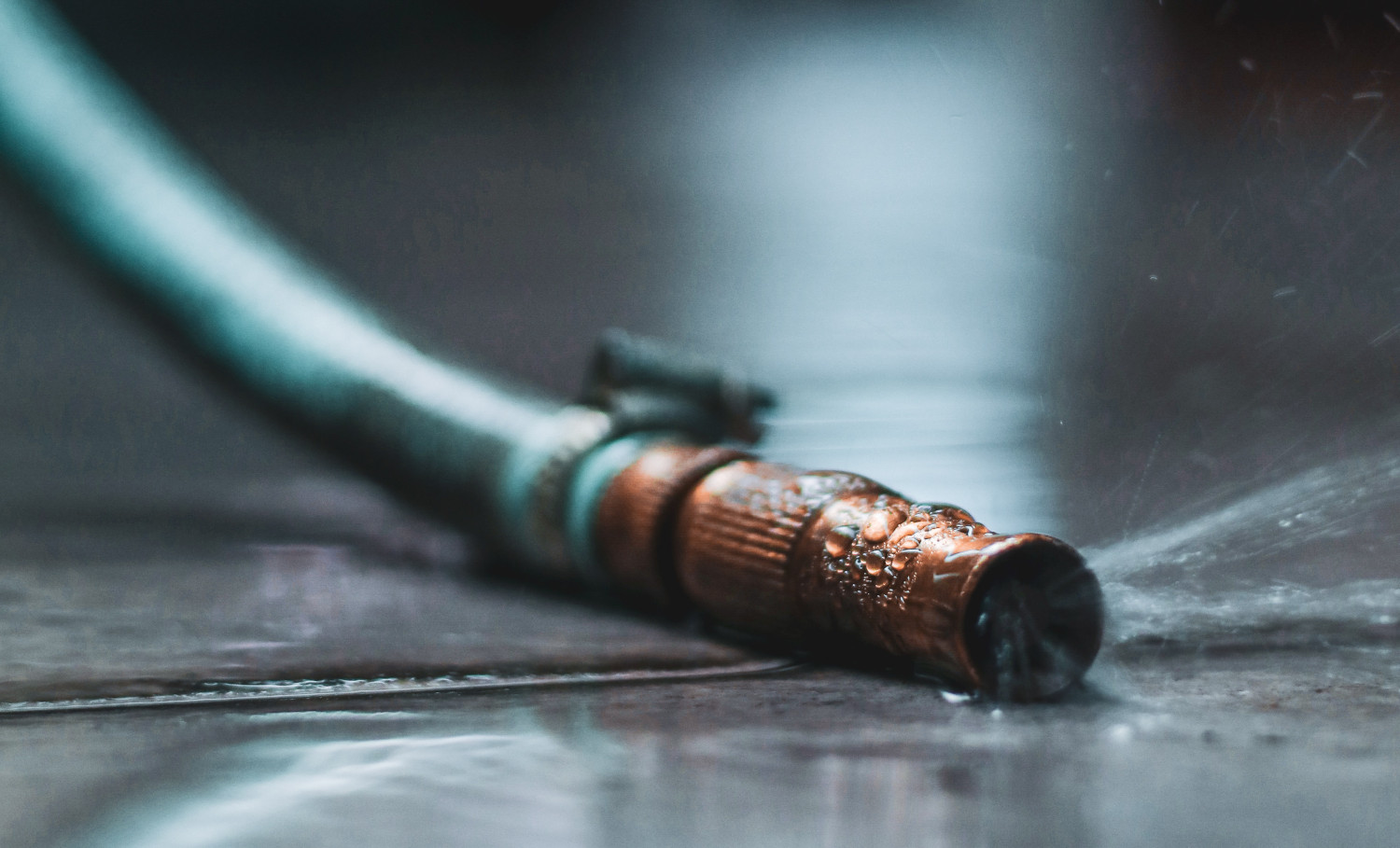
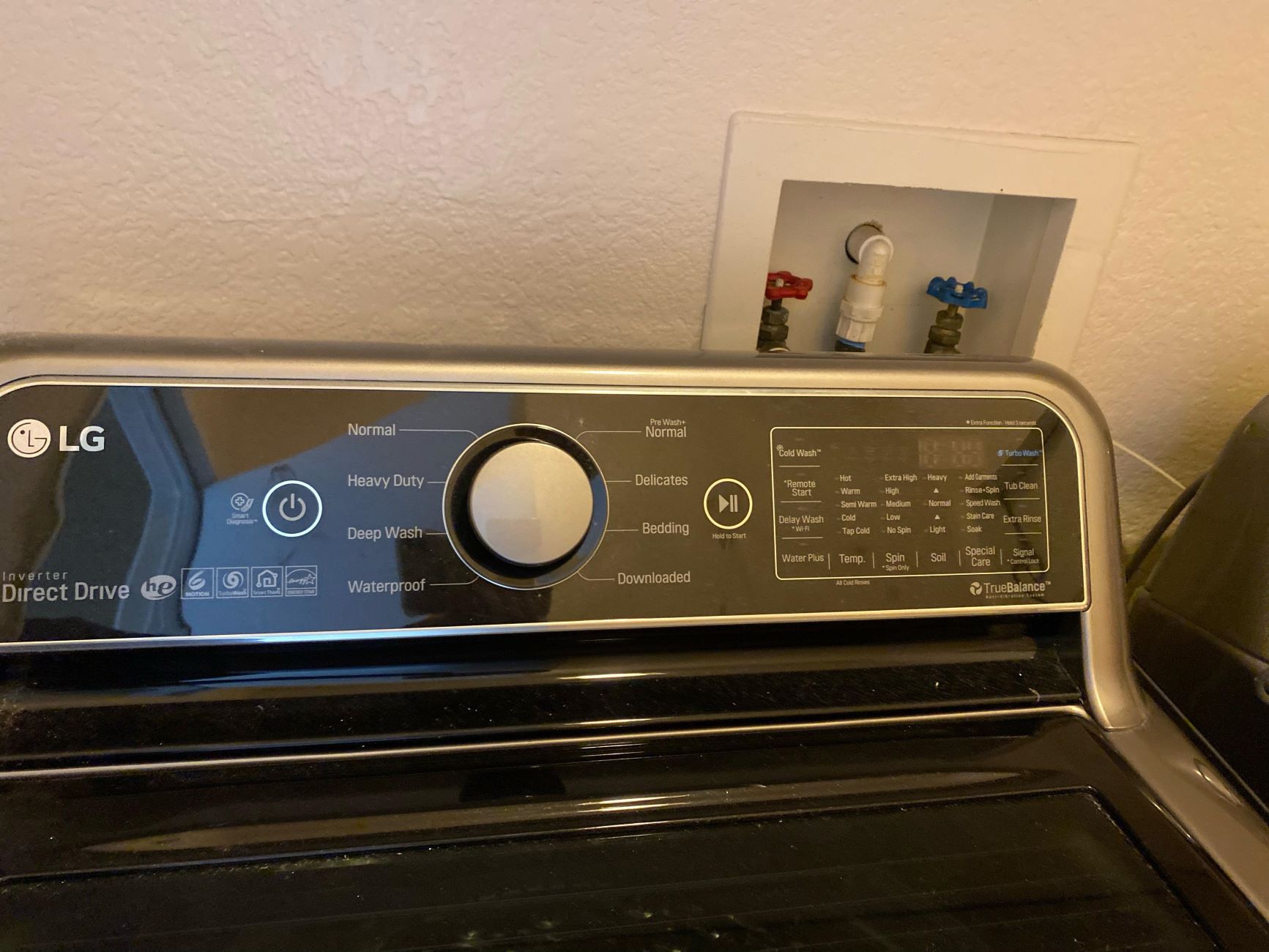
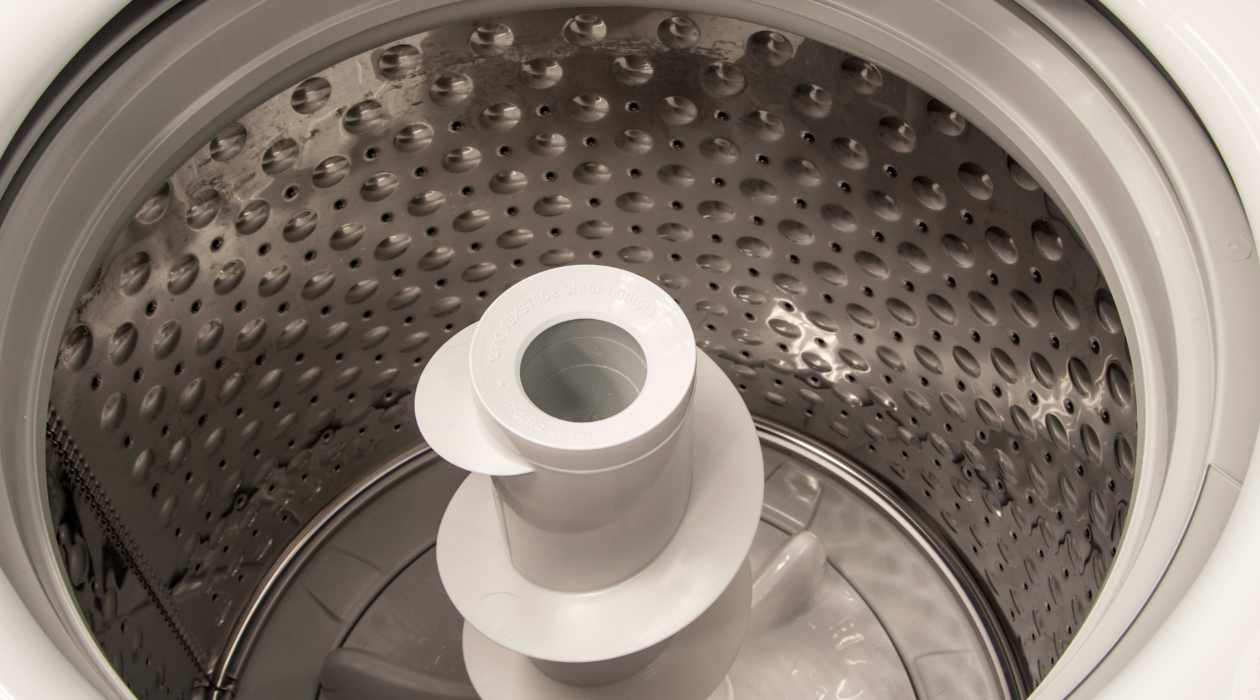
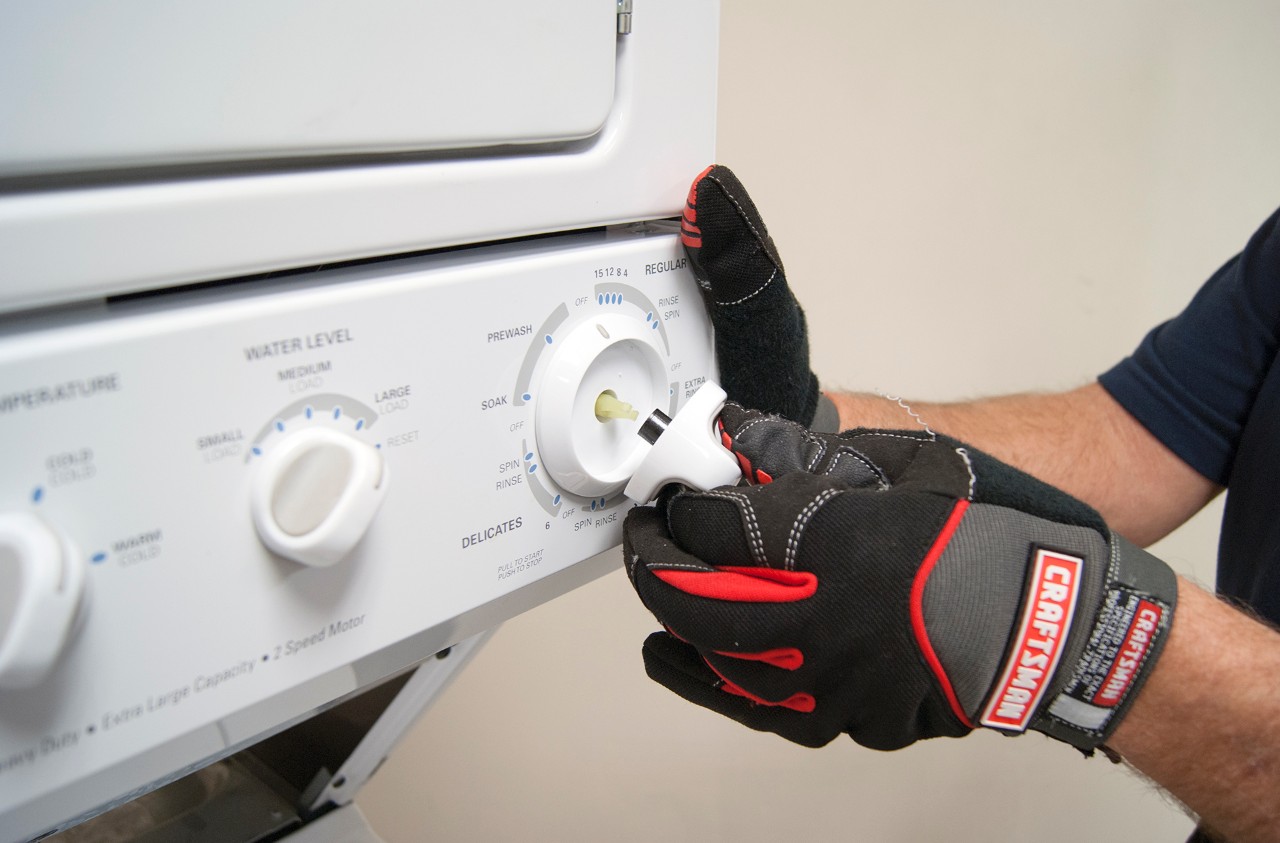
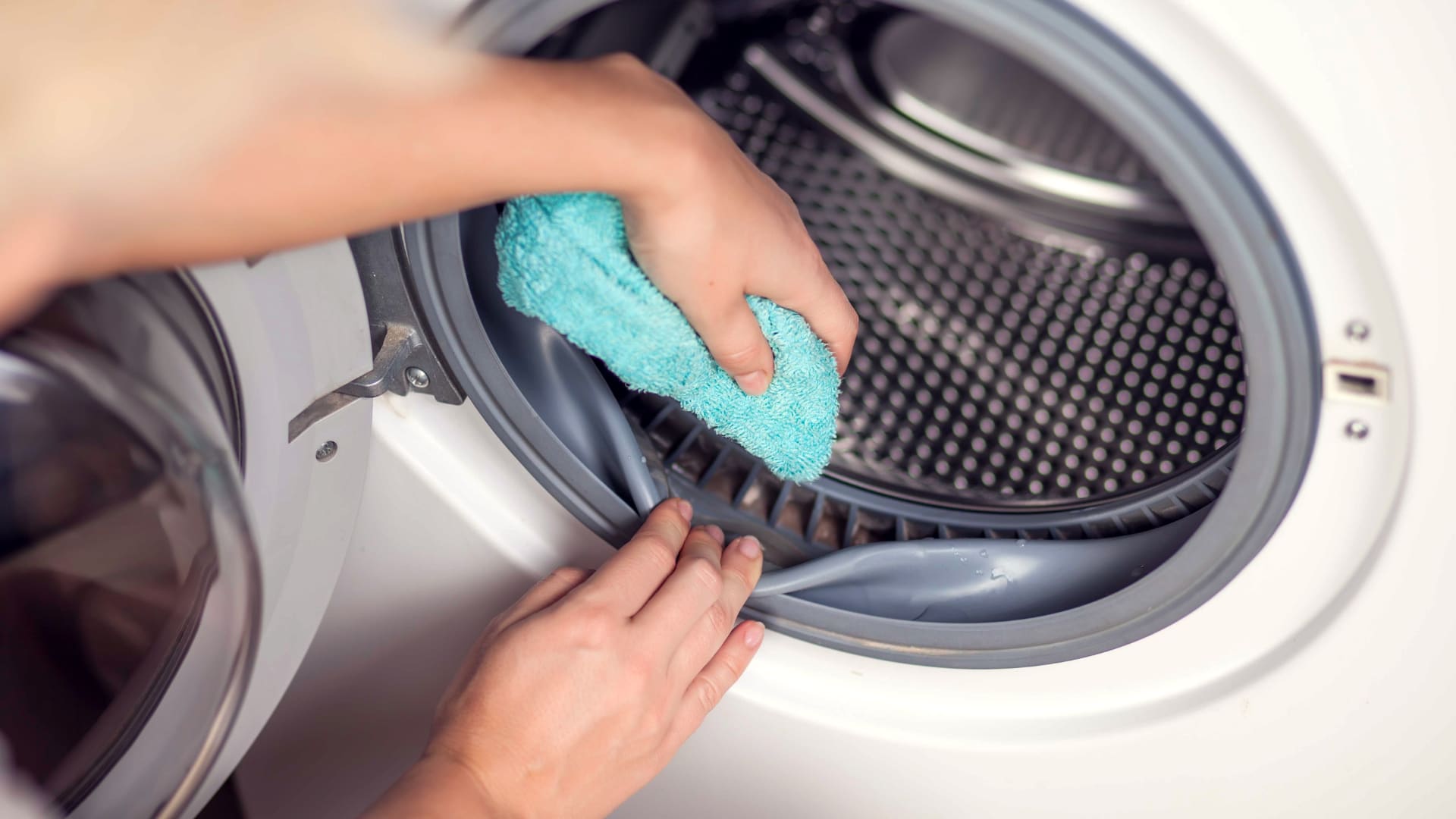

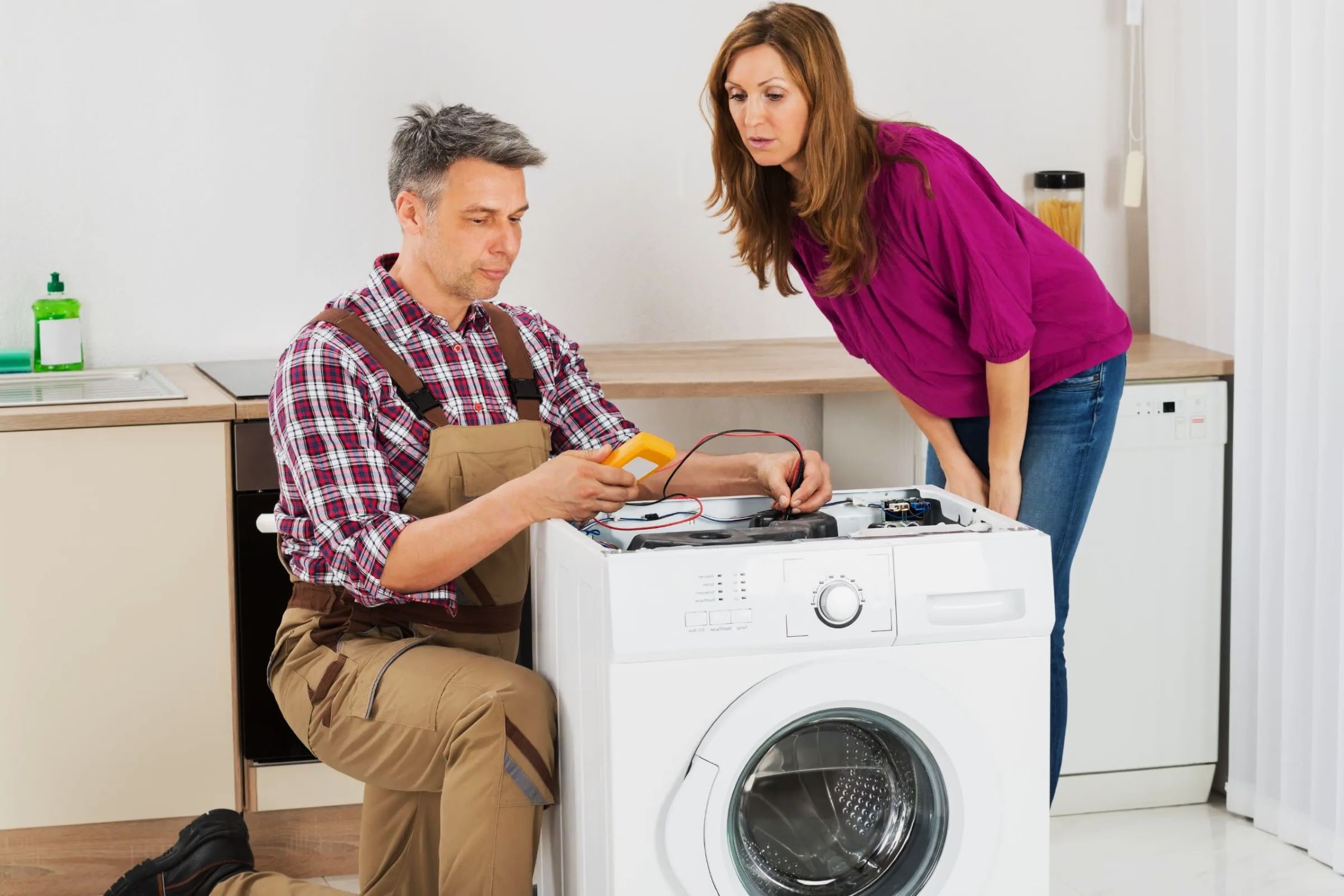
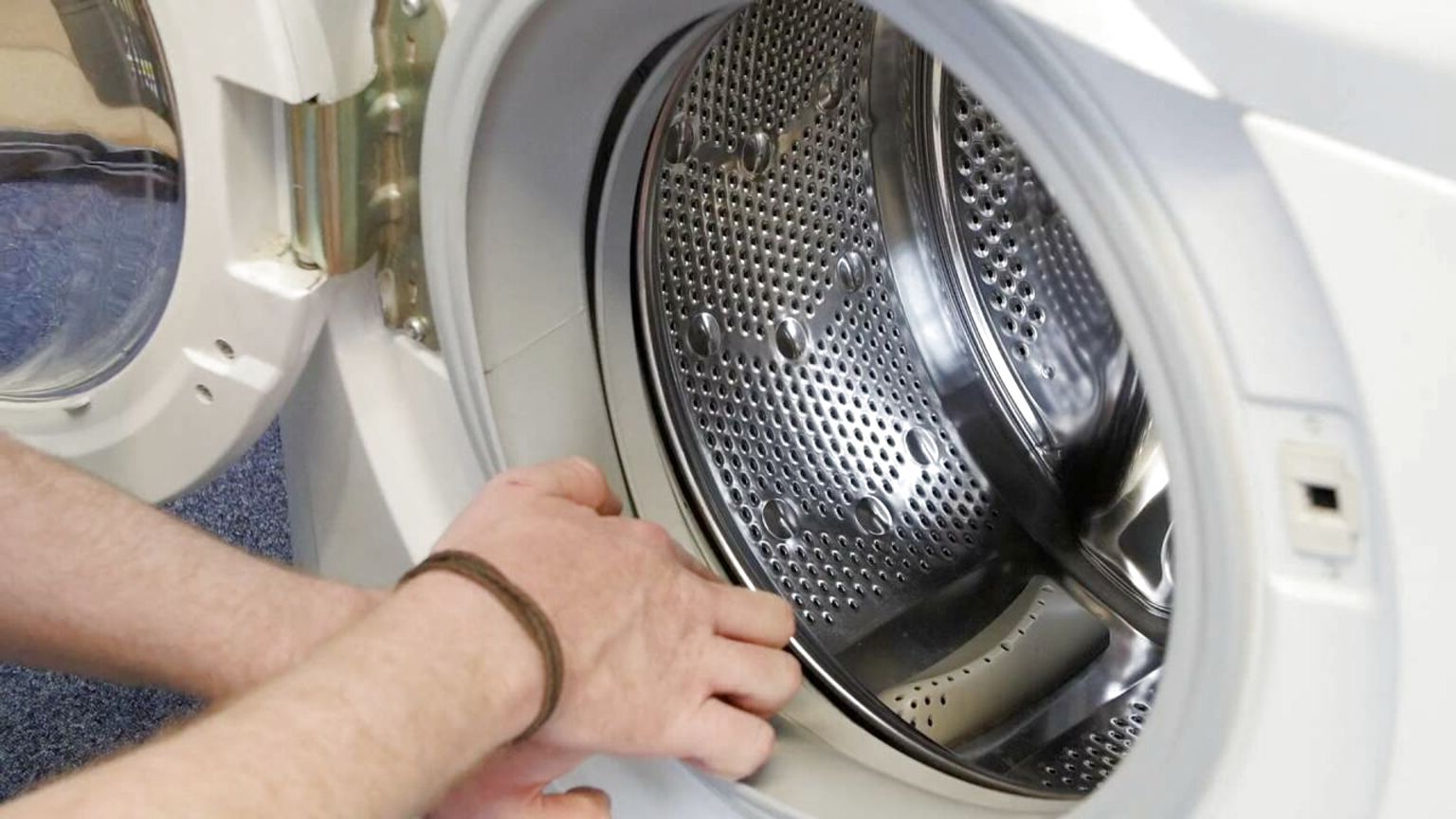
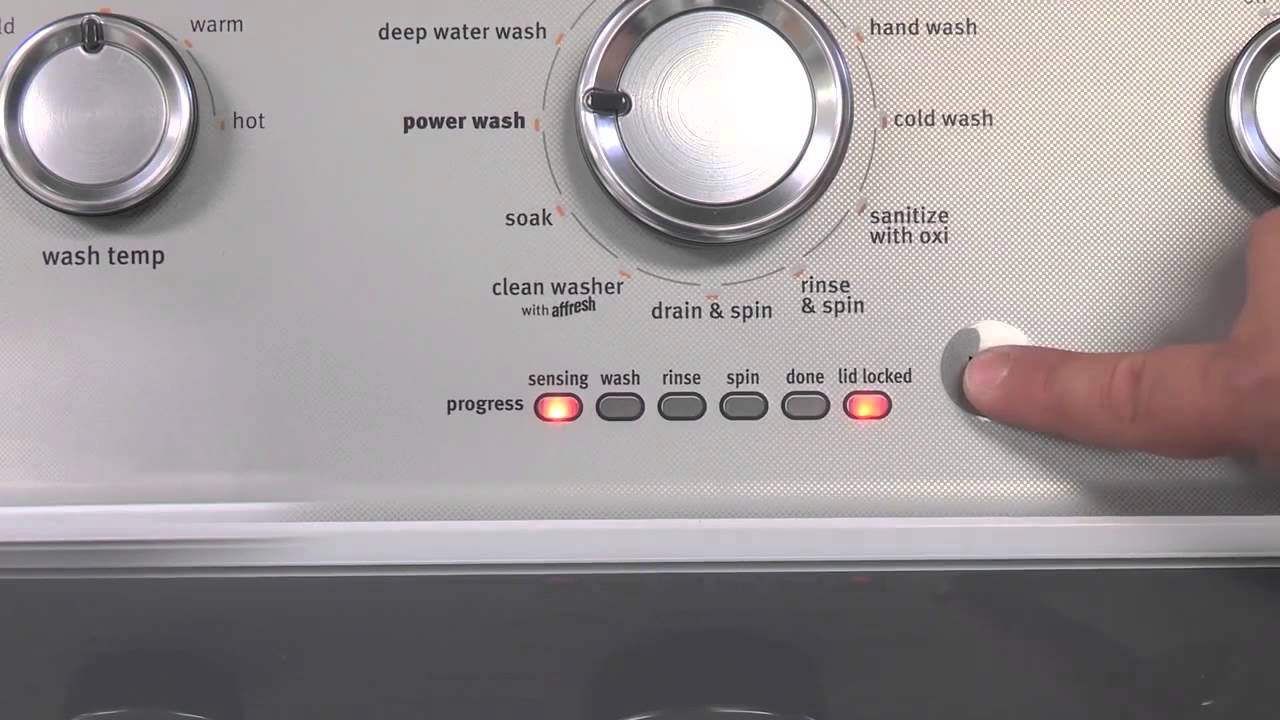
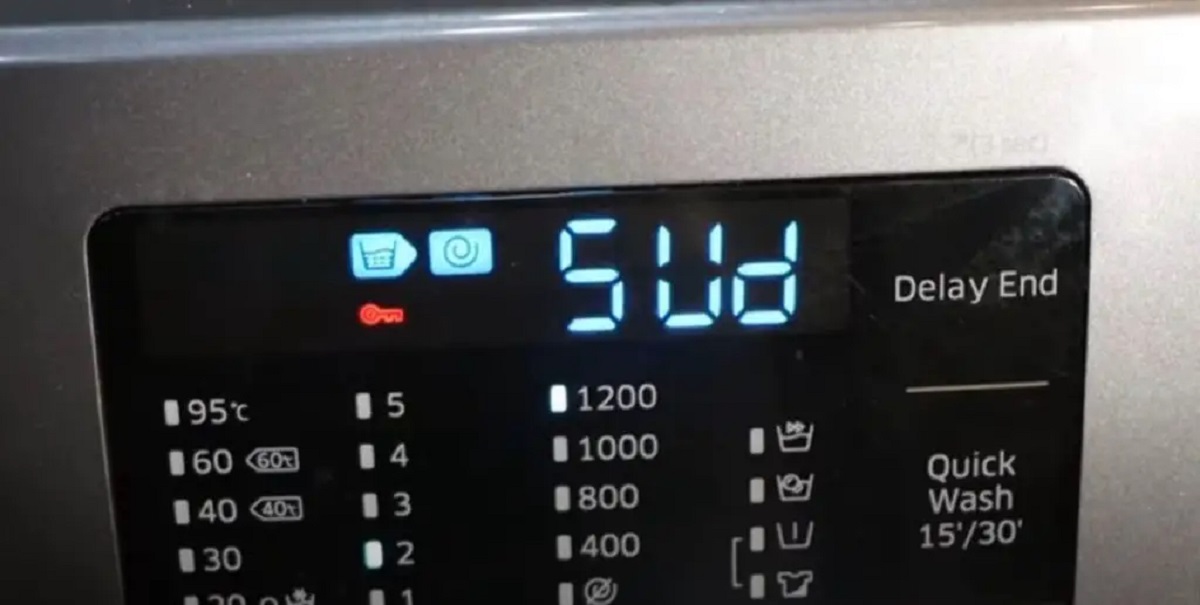

0 thoughts on “How To Fix An Unbalanced Washing Machine”